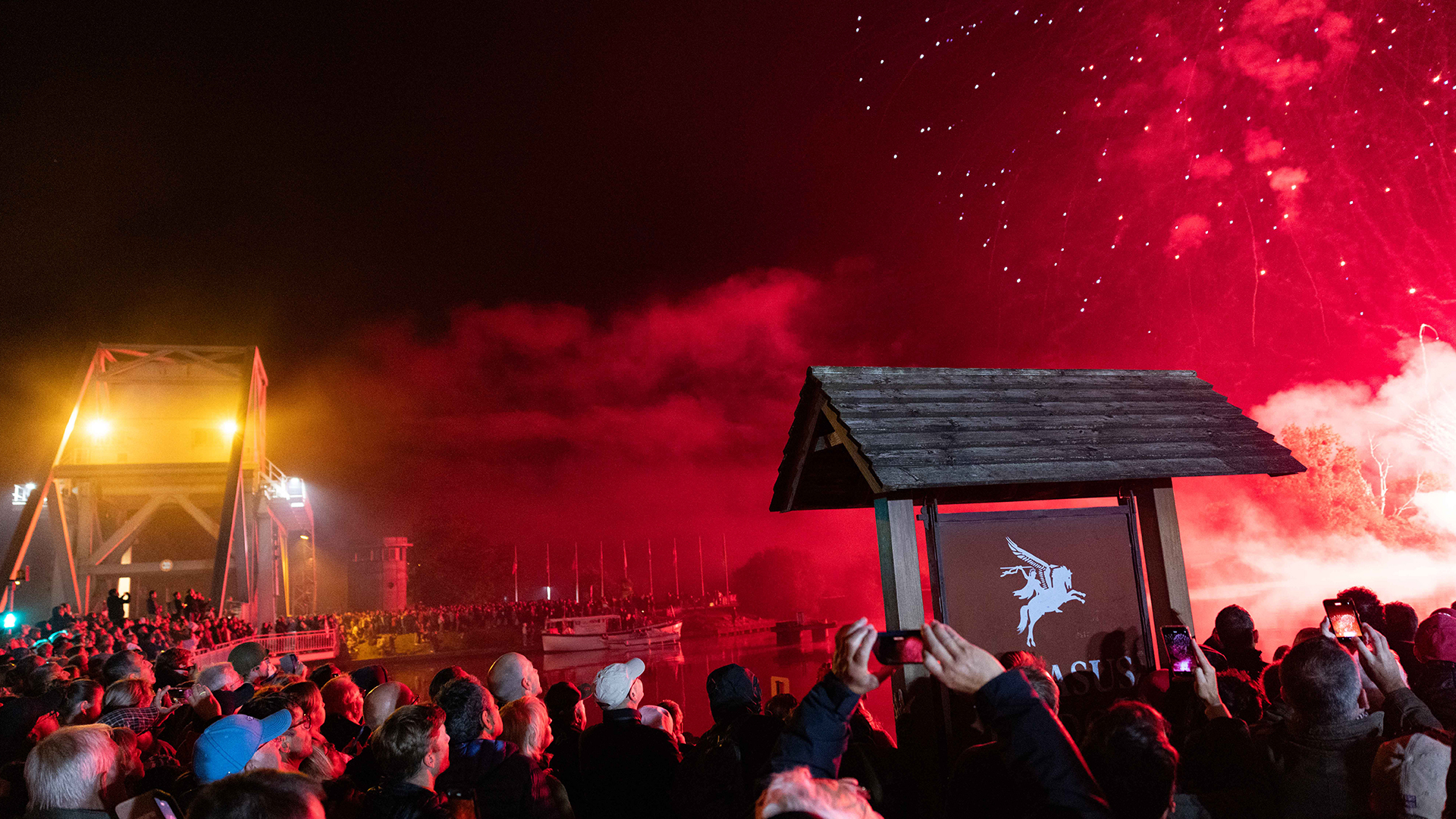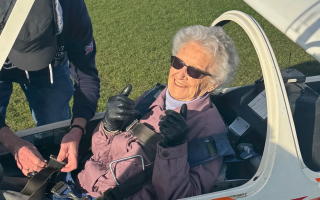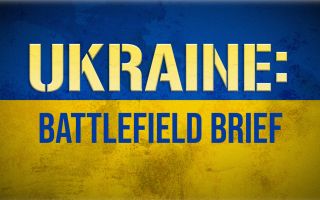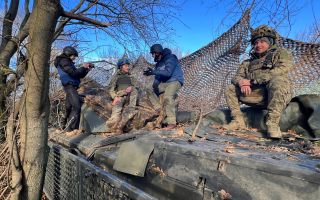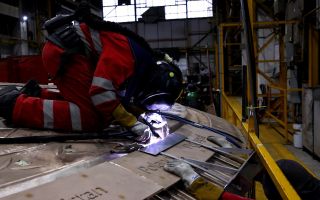
Soldiers march over Pegasus Bridge to mark 80 years since Allies seized key crossing

Soldiers marched across Pegasus Bridge as they marked 80 years since British troops first landed in occupied France on D-Day.
Troops from the Army Air Corps and The Rifles, who can trace their history back to those who fought to capture the strategically important bridge over the Caen Canal, were joined by the Salamanca Band and Bugles of The Rifles.
A vigil was then held at the Major John Howard Memorial, next to Pegasus Bridge in Bénouville, marking the moment gliders landed soon after midnight on 6 June 1944 as the daring Operation Neptune got under way.
- Piper marks D-Day landings on Gold Beach as Royal Marines yomp to commemorative service
- Operation Neptune: Take a look at the Allies' five invasion beaches on D-Day
- Gold, Sword and Jelly? How the Normandy invasion beaches got their codenames
Personnel from the Army Air Corps and The Rifles took part in readings and laid a wreath.
Veterans and members of the public also gathered at Pegasus Bridge to honour the troops who were involved in the mission.
At 00:15 on D-Day, six Airspeed Horsa gliders landed near to Pegasus Bridge under the cover of darkness carrying troops from 2nd (Airborne) Battalion The Oxfordshire and Buckinghamshire Light Infantry.
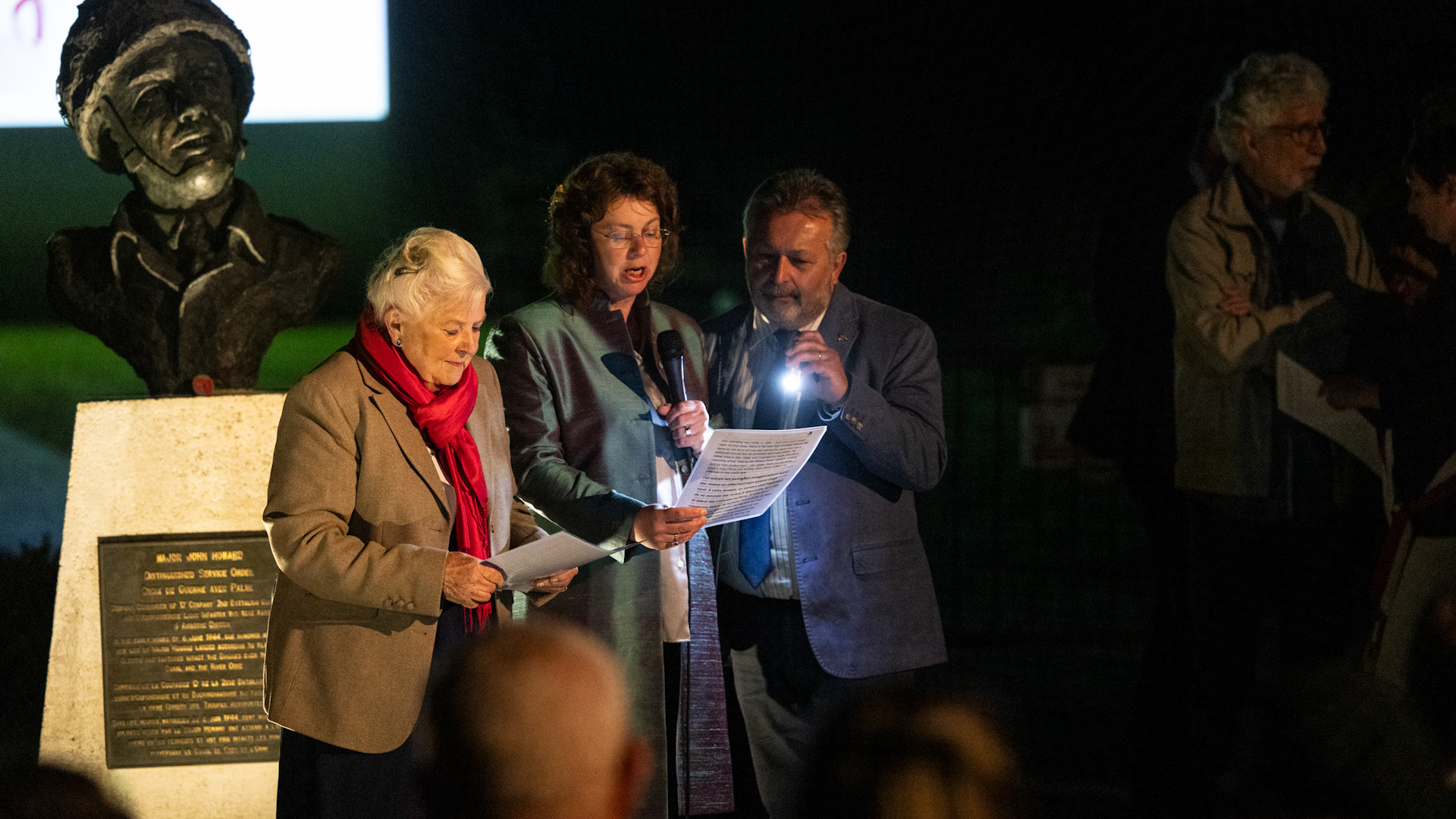
They successfully captured two key bridges, now known as Pegasus and Horsa Bridges, over the Caen Canal and the River Orne, which were crucial German supply routes.
Before the soldiers marched across the bridge, a Champagne toast was held at Café Gondrée, which was one of the first buildings to be liberated in France on D-Day.
Café owner Arlette Gondree was four-years-old when British troops entered the café, then run by her parents, on D-Day 80 years ago.
She thanked the soldiers who helped her carry out the annual toast.
